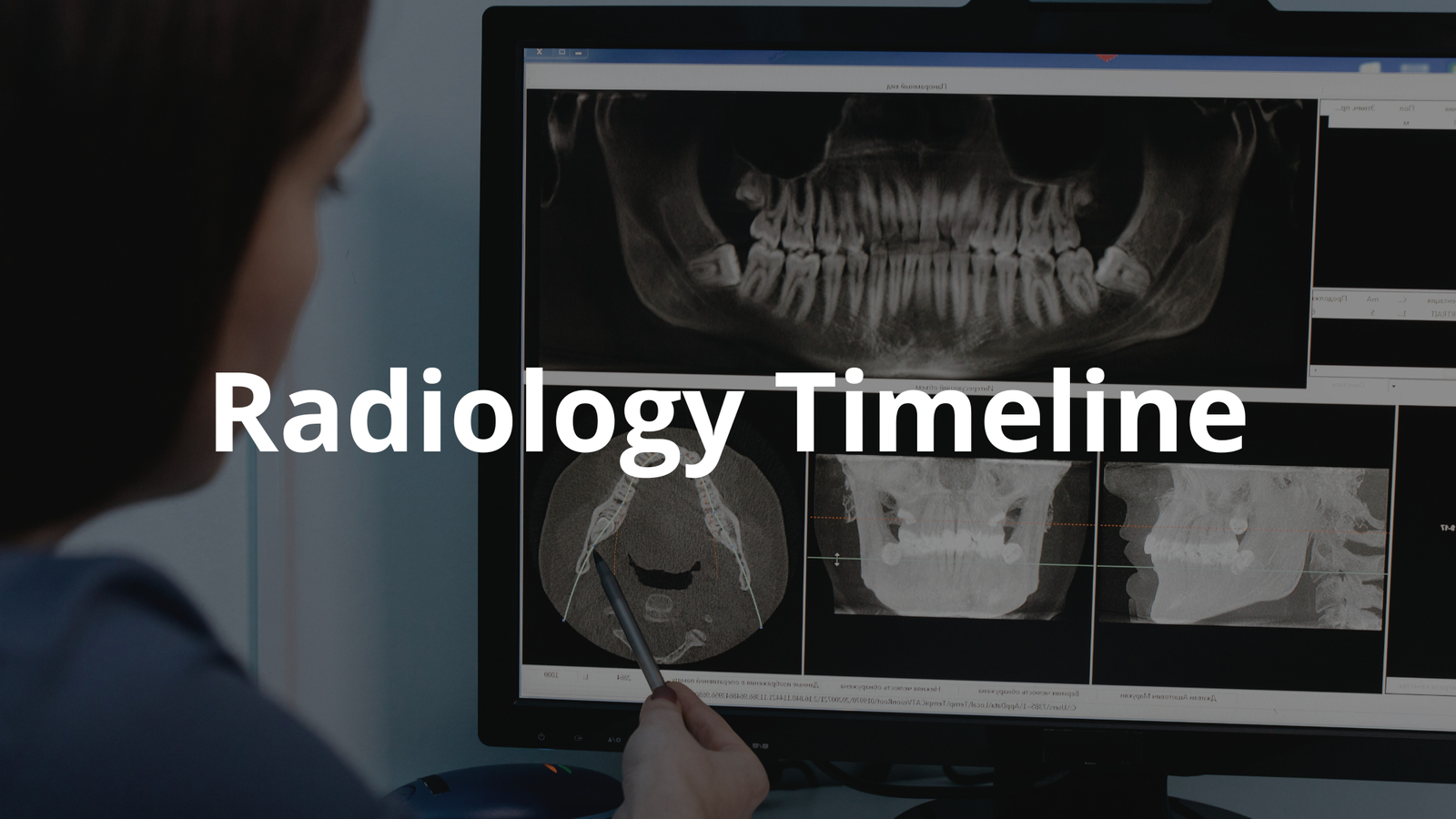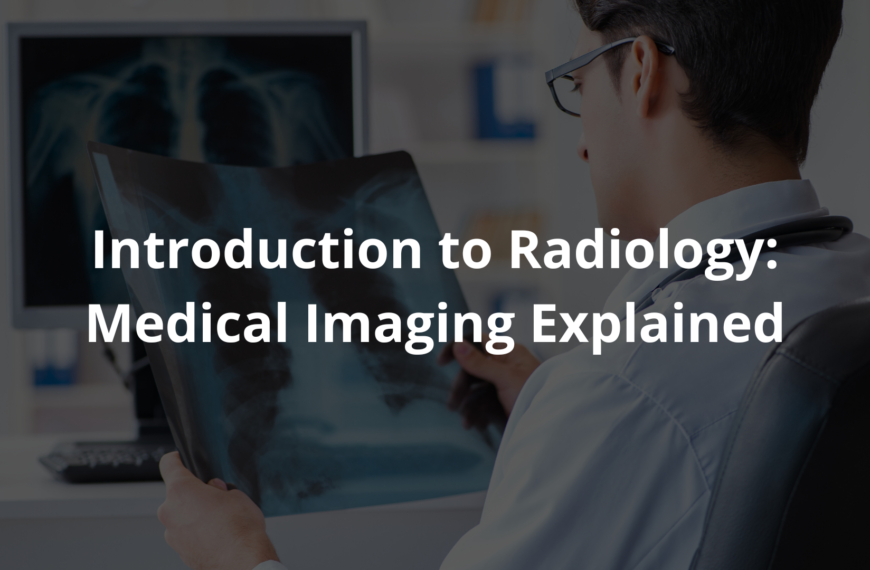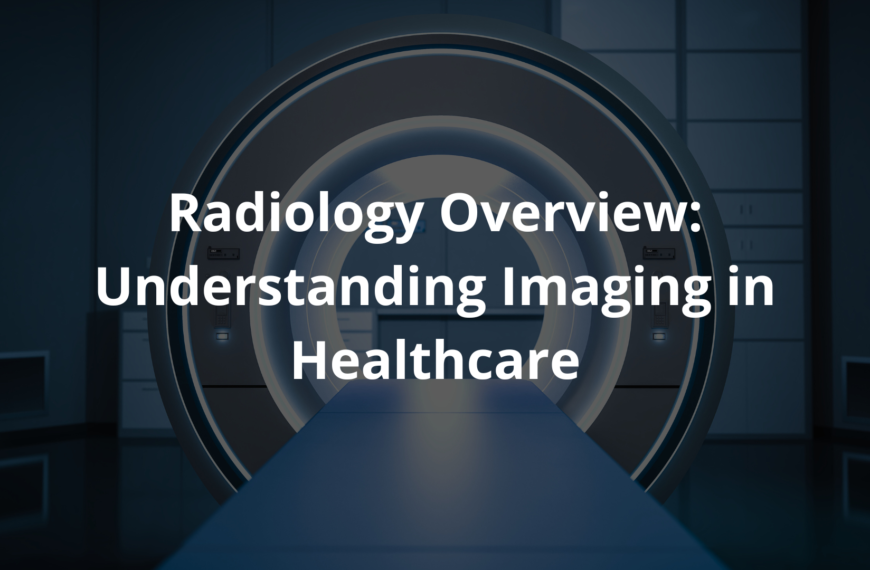This article explores the fascinating timeline of radiology, highlighting key inventions and figures that shaped medical imaging.
Radiology is a big word that means seeing inside our bodies to help doctors understand what’s wrong. It all started long ago. You might not know this, but the first X-ray was taken in 1895 by a scientist named Wilhelm Conrad Roentgen. Imagine that! Today, we have amazing machines like PET scans and CT scanners. I think it’s super interesting to look back at how we got here. Let’s explore this timeline together(1)!
Key Takeaway
- Radiology began with the discovery of X-rays by Wilhelm Conrad Roentgen in 1895.
- Important advancements include the development of CT and PET scans.
- Many brilliant minds contributed to the evolution of medical imaging.
The Big Discovery of X-Rays
In 1895, something truly remarkable happened. Wilhelm Conrad Roentgen stumbled upon a new way of seeing inside the human body. He discovered X-rays. These rays were different from anything anyone had seen before. They could create images of bones and other internal parts without needing to cut anything open.
Imagine having a sore arm, and instead of going through the pain of surgery, the doctor could just look inside with a special machine! That must’ve felt like magic back then.
People were amazed, and hospitals quickly adopted this new technology. Soon, they had big machines called cathode ray tubes, which were a bit like those old TV screens, helping to take these incredible pictures. It was a big leap for medicine. No longer did doctors have to guess what was wrong. They could actually see the problem!
It’s interesting to think about how this changed patient care. Before Roentgen’s discovery, diagnosing issues was like trying to solve a puzzle with missing pieces. Now, doctors had a complete picture. They could see fractures, foreign objects, or even signs of disease. It was a new era for medical imaging, and patients felt more at ease. After all, who wouldn’t want a quick peek inside their body without fear?
The Evolution of CT Scans
Fast forward to the 1970s. A brilliant man named Godfrey Hounsfield made another huge change in the way doctors could see inside our bodies. He invented the first CT scanner. CT stands for Computed Tomography, which sounds fancy, but it really just means taking many X-ray pictures and putting them together to create a detailed image.
Think about taking photos of a cake from different angles and then using those photos to create a 3D model of the cake. That’s what a CT scanner does! It slices through the body, helping doctors see things like tumours or broken bones in a much clearer way. This was a remarkable step forward.
Before CT scanners, doctors had to rely on plain X-rays, which only showed one flat view. With CT scans, they could see slices of the body in real-time, which made diagnosing problems much easier. For example, if a patient came in with stomach pain, a CT scan could quickly reveal whether there was an issue with the intestines or something else.
The impact was profound. Doctors could now make faster and more accurate decisions about treatments. They no longer had to wait for vague symptoms to reveal themselves. It’s fascinating to consider how this technology has not only helped doctors but also brought comfort to patients, knowing they’re getting the best possible care.
So, whenever someone mentions a CT scan, remember that it’s more than just a fancy machine; it’s a vital tool in the journey of healing.
PET Scans Come to Life
In the 1970s, a remarkable innovation changed the landscape of medical imaging with the introduction of the PET scan, or Positron Emission Tomography. This technology opened a new window into the human body, allowing doctors to see not just what was there but how well organs were functioning. Imagine watching a live movie of your organs at work!
Key insights about PET scans:
- Functionality: PET scans reveal areas of increased activity, showing how organs use sugar.
- Cancer Detection: Tumours often consume more sugar, making them appear brighter on the scan.
- Procedure: A small amount of radioactive substance is injected, highlighting areas of concern.
Scientists Ronald Nutt and Paul Lauterbur were pioneers in this field, winning a Nobel Prize for their groundbreaking work. With PET scans, early detection of conditions like cancer became possible, revolutionising treatment options. This technology truly feels like stepping into the future of medicine.
Sound Waves in Ultrasound Imaging
Let’s not forget about another amazing technology ultrasound! This is a method that uses sound waves to create images, and it has been around since the 1950s. It’s probably best known for helping doctors see babies in their mummies’ tummies. Think about that—being able to peek inside someone’s belly without any discomfort!
When doctors use ultrasound, they send sound waves into the body. These sound waves bounce off organs and tissues and then return to the machine, creating a picture on a screen. It’s like throwing a ball against a wall and watching it bounce back.
This technology is non-invasive, which means there’s no cutting involved. That’s a big deal! Expectant parents can see their babies before they’re even born. They can check if the baby is healthy or if there are any issues. It’s like having a sneak peek into the future!
For example, during an ultrasound, doctors can measure the baby’s heartbeat, check its growth, and even see if it’s a boy or a girl! Many parents have shared how exciting it is to see their baby moving around on the screen for the first time.
But ultrasound isn’t just for babies. It’s also used to check organs like the heart, liver, and kidneys. It can help diagnose conditions such as gallstones or appendicitis. It’s a versatile tool in medical imaging, and its uses just keep growing.
I think it’s incredible how technology can make such a difference in people’s lives. With ultrasound, doctors can provide important information without causing any pain. It’s a wonderful example of how science and care come together to help patients feel better.
The Role of Inventors and Innovators
The history of radiology is filled with brilliant minds who made significant contributions. One notable figure is Thomas Edison, the famous inventor known for creating the light bulb. He also helped develop early X-ray machines. His work laid the groundwork for future innovations in medical imaging.
Then there are Edward Purcell and Felix Bloch, who discovered nuclear magnetic resonance. This discovery led to the creation of MRI, or Magnetic Resonance Imaging. MRI is a fantastic way to see inside the body. It uses strong magnets and radio waves instead of X-rays, which makes it perfect for seeing soft tissues, like the brain or muscles.
Key inventors include:
- Godfrey Hounsfield: Developed the first CT scanner.
- Raymond Damadian: Pioneered the use of MRI for detecting diseases.
All these clever individuals worked hard to improve medical imaging. Their inventions have transformed how doctors diagnose and treat patients.
Radiology Training in Australia
Becoming a radiologist in Australia is no small feat. It takes years of training and dedication(2). The Royal Australian and New Zealand College of Radiologists (RANZCR) oversees this rigorous process, ensuring that future radiologists are well-prepared.
The training program is structured in three phases:
- Phase 1: In the first year, trainees focus on the basics. They learn to write reports and assess key conditions. They also complete research topics to deepen their understanding.
- Phase 2: For the next few years, trainees rotate through various specialties. They learn about nuclear medicine, breast imaging, and paediatrics, among others.
- Phase 3: In the final year, trainees concentrate on their areas of interest and complete a research project.
By the end of this extensive training, they need to have performed thousands of imaging procedures. That’s a lot of hands-on experience! All this preparation is crucial for providing excellent patient care. It’s inspiring to think about the dedication and hard work involved in becoming a radiologist.
Radiology’s Impact on Health Care

Radiology has truly transformed how doctors care for patients. It’s like opening a new chapter in medicine, where seeing inside the body is not just a dream but a reality. With advanced technologies like X-rays, MRIs, and CT scans, doctors can diagnose problems much faster than before. Instead of waiting for symptoms to worsen, they can look at clear images of bones, organs, and tissues to understand what’s going on.
Consider a child who falls and hurts their arm. In the past, doctors might have had to guess if it was broken. Now, with an X-ray, they can see the exact condition of the bone immediately. This quick action can mean the difference between a simple treatment and a complicated one.
Key benefits of radiology include:
- Rapid Diagnosis: Doctors can quickly identify issues such as fractures, tumours, or infections.
- Immediate Treatment: If something is wrong, they can start treatment right away, reducing the risk of complications.
- Detailed Insights: Radiologists provide clear pictures, helping doctors make informed decisions.
With these incredible tools, it’s like doctors have superpowers to see inside the human body! This means patients receive better care and can feel more at ease knowing that their doctors have all the information they need. Overall, the impact of radiology on health care has been nothing short of remarkable. It’s a blend of science and compassion that helps keep people healthy.
Conclusion
To wrap up, the radiology timeline shows us how far we’ve come since the first X-ray in 1895. Innovations like CT and PET scans, along with ultrasound technology, have made a big difference in patient care. And let’s not forget the hardworking inventors and the rigorous training for radiologists in Australia.
Isn’t it amazing how science and technology come together to help us? If you are ever curious about your health, remember these incredible tools and the people who made them possible!
FAQ
What significant discovery by Wilhelm Conrad Roentgen led to the birth of radiology timeline?
In 1895, Wilhelm Conrad Roentgen accidentally discovered ray images while experimenting with a cathode ray tube in his lab. He captured the first medical ray image of his wife’s hand using glass photographic plates, marking the dawn of diagnostic imaging. This breakthrough earned him the first Nobel Prize in Physics in 1901.
How did imaging predecessor techniques evolve into modern medical imaging?
The evolution of medical imaging started with basic ray imaging using photographic plates. Thomas Edison and George Eastman made early improvements to imaging techniques. The field progressed through developments in medical technology, from basic ray tubes to digital imaging systems, revolutionising health care and patient care practices.
What role did CT scans and PET scans play in advancing diagnostic imaging?
CT scanner technology, pioneered by Godfrey Hounsfield, combined with PET scanner developments by David Townsend and Ronald Nutt, created powerful diagnostic tools. The integration of computed tomography and positron emission tomography allows real time imaging of both anatomical structures and metabolic processes, transforming nuclear medicine practices.
How did magnetic resonance imaging emerge as a breakthrough technology?
Felix Bloch and Edward Purcell discovered nuclear magnetic resonance in the 1940s, winning the Nobel Prize Physics. Later, Raymond Damadian, Paul Lauterbur, and Peter Mansfield developed magnetic resonance imaging for medical use. Their work on nuclear magnetic resonance imaging earned Lauterbur and Mansfield the Nobel Prize in Physiology or Medicine.
What contributions did ultrasound imaging make to medical diagnostics?
Scottish physician Ian Donald pioneered ultrasound technology in medical diagnosis during the 1950s. Using sound waves for imaging, this technique provided a safe, radiation-free diagnostic imaging method. The American Society of Radiologic Technologists helped establish ultrasound imaging as a crucial tool in diagnostic imaging.
How has imaging informatics transformed modern radiology practices?
The shift from traditional to digital imaging revolutionised interventional radiography and patient care. This transformation, supported by the American Society and broader developments in medical imaging, has enabled better image quality, storage, and sharing capabilities, improving diagnostic accuracy and health care delivery.
References
- https://www.ramsoft.com/blog/history-of-radiology
- https://radiopaedia.org/articles/radiology-training-in-australia-and-new-zealand




